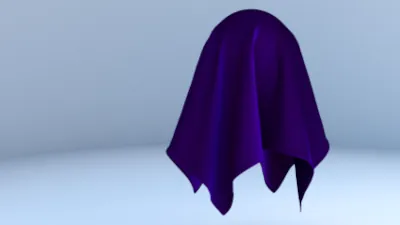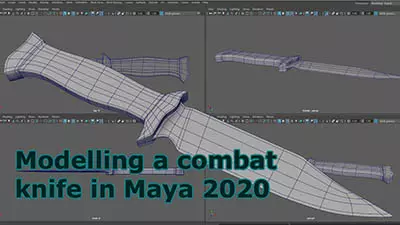Is it possible (Maya 2012) to, depending on which camera is rendered, turn certain lights on or off?
I.e. I have two cameras, one "front" and one "back" basically. I also have three light sources, one "frontLight", one "backLight" and one we could call "fillLight".
Now, if a scene is rendered with the "front" camera, I want "frontLight" turned ON, and "backLight" turned OFF. And vice versa of course. The "fillLight" will always be on, for all intents and purposes here anyway.
Now, where would I go look for how to solve this? I was hoping to find something I could do in the Hypershade or something, like connect an "currentRender" attribute of the camera to the visibility attribute of the light or something along those line.
But I have not yet found anything (I am a newbie in Maya, it's not normally my field of work) on Google or in the help that has pointed me in the right direction. Not knowing the exact terminology due to being a newb doesn't exactly help either

Any help appreciated!










